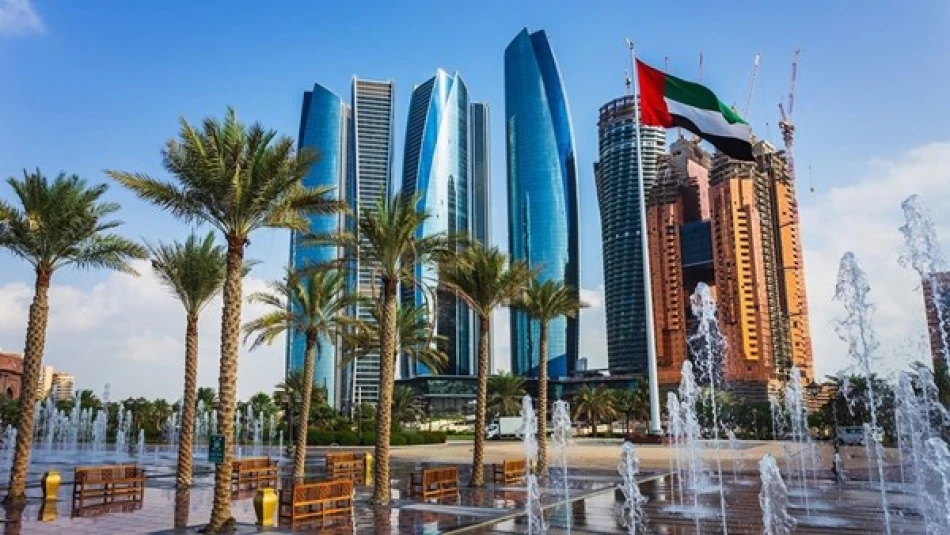
Dusty Weather Conditions Forecast, Chance of Showers Tomorrow
UAE Braces for Dusty Skies and Temperature Extremes as Summer Heat Intensifies
The United Arab Emirates is set to experience a challenging weather day with temperatures soaring to 48°C in some regions, accompanied by dusty conditions and potential thunderstorms in eastern and southern areas. The National Centre of Meteorology forecasts a complex weather pattern that underscores the region's volatile summer climate and its growing impact on daily life and economic activities.
Extreme Heat Dominates Inland Regions
Liwa is expected to bear the brunt of the heat wave, with temperatures reaching a scorching 48°C, while Abu Dhabi and Al Ain will see highs of 45°C. These extreme temperatures reflect the UAE's position in one of the world's most challenging climate zones, where summer conditions regularly test infrastructure resilience and energy demands.
The coastal emirates offer little respite, with Dubai and Sharjah both hitting 43°C. However, the eastern coast provides a stark contrast—Fujairah will experience relatively mild conditions with temperatures peaking at just 34°C, highlighting the dramatic microclimates that exist within the UAE's compact geography.
Dust Storms and Thunderstorm Risks
Moderate winds reaching speeds of 40 km/h will stir up dust particles during daylight hours, creating hazardous driving conditions and potential health concerns for residents with respiratory issues. The southeast to northeast wind patterns are typical of the region's summer weather systems, but their intensity could disrupt outdoor activities and reduce visibility significantly.
More concerning for eastern and southern regions is the possibility of cumulonimbus cloud formation, which could trigger sudden thunderstorms and rainfall. These weather events, while potentially providing relief from the heat, often bring flash flooding risks to areas with limited drainage infrastructure.
Maritime Conditions and Economic Implications
Both the Arabian Gulf and Sea of Oman will experience light to moderate wave conditions, providing relatively stable conditions for the UAE's crucial maritime trade routes. With high tide occurring at 20:52 in the Gulf and multiple tide cycles in the Sea of Oman, port operations and fishing activities can proceed with minimal weather-related disruptions.
These stable maritime conditions are particularly significant given the UAE's role as a regional logistics hub, where weather delays can have cascading effects on supply chains serving the broader Middle East and South Asia.
Humidity Patterns Signal Seasonal Transition
The forecast reveals striking humidity variations across the emirates, with coastal areas like Al Ruwais and Al Sila experiencing humidity levels up to 90%, while inland Al Ain drops to just 15%. This pattern intensifies the perceived temperature differences and explains why coastal residents often feel more discomfort despite lower actual temperatures.
The predicted nighttime and early Tuesday morning humidity increases along western coastal and inland areas suggest the beginning of seasonal atmospheric shifts that typically precede the gradual transition toward autumn weather patterns.
Infrastructure and Energy Demand Pressures
These extreme conditions will likely strain the UAE's electrical grid as air conditioning usage peaks, potentially setting new records for energy consumption. The combination of high temperatures and humidity creates perfect conditions for maximum cooling demand, testing the resilience of power infrastructure investments made in recent years.
The dusty conditions also pose challenges for the UAE's growing solar energy sector, as dust accumulation on panels can significantly reduce efficiency, requiring increased maintenance and cleaning operations during these weather events.
 Layla Al Mansoori
Layla Al Mansoori







